From social hangouts to intellectual communities, learn how literary cafés influenced great thinkers.
There is something almost magical about the bond between writers and literary cafés. It’s a match made in heaven, going together as a double espresso does with velvety steamed milk. In every corner of the world, you’ll almost certainly spot a writer at work in a coffee shop, absorbed in their laptop, a steaming cuppa beside them.
But the drinks are not the only reason those writing novels are drawn to cafés. These spaces have long been gathering places for intellectual communities across the globe, where people come together to exchange ideas, read poetry, and, of course, write.
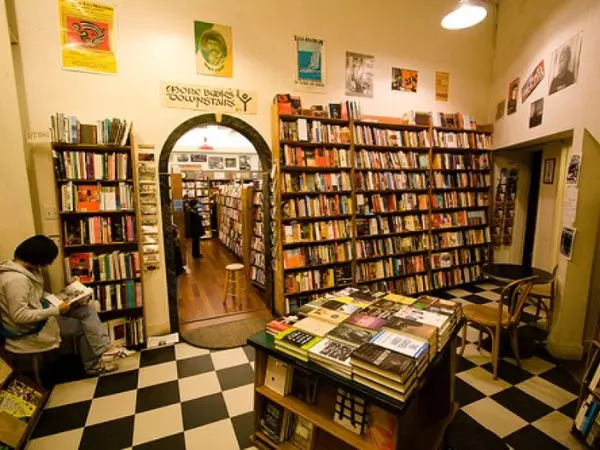
Many of historic cafés are still open today, continuing to serve drinks to new generations of young writers – from Paris to New York and Rome. Like their bohemian predecessors, these writers are often searching for an affordable place to spend time away from the four walls of home.
Indice dei contenuti
What are literary cafés?
Literary cafés have had a major impact on culture, both across Europe and Italy, as well as in the United States. They became important places for social interaction and intellectual exchange.
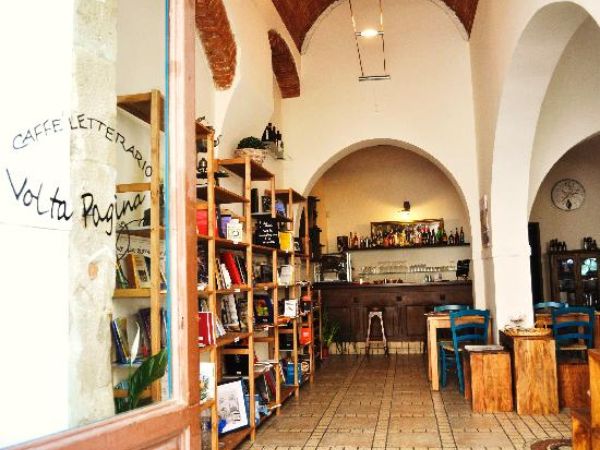
This is the heart of a literary café, where people can enjoy a quality coffee or tea, a sandwich or sweet treat, in a place where where art, literature, and conversation come together in a magical way.
Literary cafés have changed attitudes to creativity. Writing, in which solitude was once seen as essential to the creative writing process, has become something shared and inspiring. In cities across the world, these cafés became like theatres for writers, full of interesting conversations, people watching, and whispered scandal, golden material for any writer.
A short history of literary cafés
The story of literary cafés began in the salons of seventeenth-century France and soon spread across Europe, including Italy. These establishments became the sturdy backbone of the Enlightenment, the Risorgimento, and modern intellectual movements, hosting debates and encounters between some of the brightest writers, philosophers, artists, and politicians of their time.
In France, cafés such as the famous Le Procope in Paris were the favourite haunts of Enlightenment thinkers. In Britain, coffee houses were popular with poets, writers, and entrepreneurs, who found both inspiration and opportunities for collaboration there.
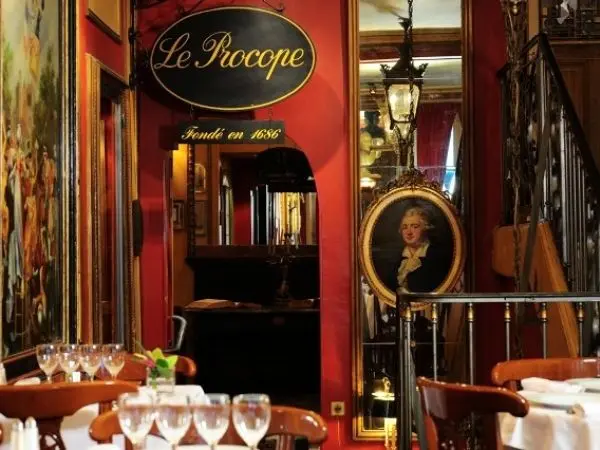
In Italy, historical figures like Casanova and D’Annunzio helped shape the lively discussions that filled the country’s literary cafés, vibrant spaces of cultural and social exchange.
In the cafés of Vienna, for example, a young Leon Trotsky spent his days at the end of the nineteenth century, splitting his time between deep reflection and casual observation. Vienna’s cafés, like the iconic Café Central, were the chosen meeting spots for the intellectual elite of the Austro-Hungarian Empire.
In those very spaces, the art of debate mixed with the scent of roasted beans, and great minds such as Thomas Mann and Sigmund Freud found inspiration in the electric atmosphere.
The most iconic literary cafés in Italy
Italy is a land of cultural heritage, where coffee espresso is seen as a true social ritual. In the streets of some of the country’s most beautiful cities, literary cafés still stand that once welcomed great names in literature, art, and politics. Here are some of the most iconic examples:
Caffè Florian – Venice
Set in the enchanting setting of St Mark’s Square in Venice, Caffè Florian is one of the oldest literary cafés in the world. Opened in 1720, it hosted famous figures such as Ugo Foscolo, Marcel Proust, and Giacomo Casanova.
Gran Caffè Gambrinus – Naples
Overlooking the grand Piazza del Plebiscito, Gran Caffè Gambrinus is as much a symbol of Naples as Mount Vesuvius or pizza. With its marble-covered walls and golden decorations, this café is a piece of Neapolitan history. Today, you can sit at the very tables where Oscar Wilde and Gabriele D’Annunzio once had passionate conversations about art and literature, surrounded by the vibrant rhythm of city life.
Caffè Pedrocchi – Padua
In the heart of Padua, a city known for its prestigious university, Caffè Pedrocchi has been a meeting point for intellectuals, students, and professors since it opened in 1831. Known as “the café without doors” due to its original 24-hour schedule, Pedrocchi became a cultural hub – the setting for debates and encounters involving some of the brightest minds of different generations.
Famous Literary cafés in the United States
Inspired by the European tradition, cafés in the United States also became gathering places for artists and intellectuals. These spaces hosted cultural and political debates, and served as locations for reading, writing, and the exchange of ideas.
In the United States, cafés became places where bold new ideas were discussed, and where artistic movements like Surrealism and Futurism were explored and celebrated.
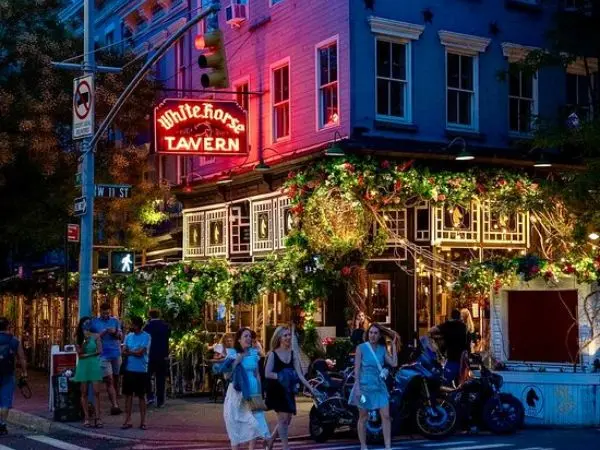
Ernest Hemingway, with his famously social yet disciplined lifestyle, embodied the perfect balance between the solitude required for writing and the richness of social interaction. No matter how long the previous night had been, Hemingway could always be found at his café table in the morning, writing his daily one thousand words – proof that cafés can also be spaces of quiet, focused productivity.
Here are some well-known literary cafés in the United States
-
White Horse Tavern (New York): A historic venue visited by writers such as Dylan Thomas and members of the Beat Generation.
-
Nuyorican Poets Cafe (New York): An important cultural space for poetry, music, and the arts, especially within the Puerto Rican community.
-
City Lights Bookstore (San Francisco): More than just a bookshop, this space became a meeting point for literary communities, famously linked to the Beat Generation.
-
The Coffee House (Washington D.C.): A literary café that hosted debates and readings by local poets and writers.
-
Caffe Trieste (San Francisco): A key gathering place for writers such as Jack Kerouac and Allen Ginsberg, deeply connected to the Beat literary scene.
Literary cafés are where the past meets the present
The literary cafés that are still open today stand as powerful reminders of times when the sharing of ideas and open conversation were vital sources of artistic and intellectual progress. When you sit at the tables of these cafés today, you can almost hear the echoes of past conversations and feel the excitement of the minds that helped shape our cultural history.
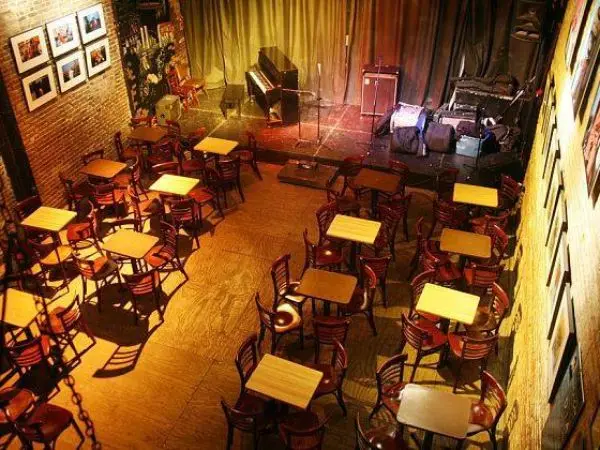
Today, they act as bridges between past and present. They invite us to pause, reflect, let inspiration in, and maybe even start a meaningful conversation – just like the great thinkers of history once did.
So, if you come across one of these cafés during your study travels, take the time to step inside and sit down. Allow yourself to be carried away on an emotional journey that connects who we are today with the generations of thinkers who walked before us.




